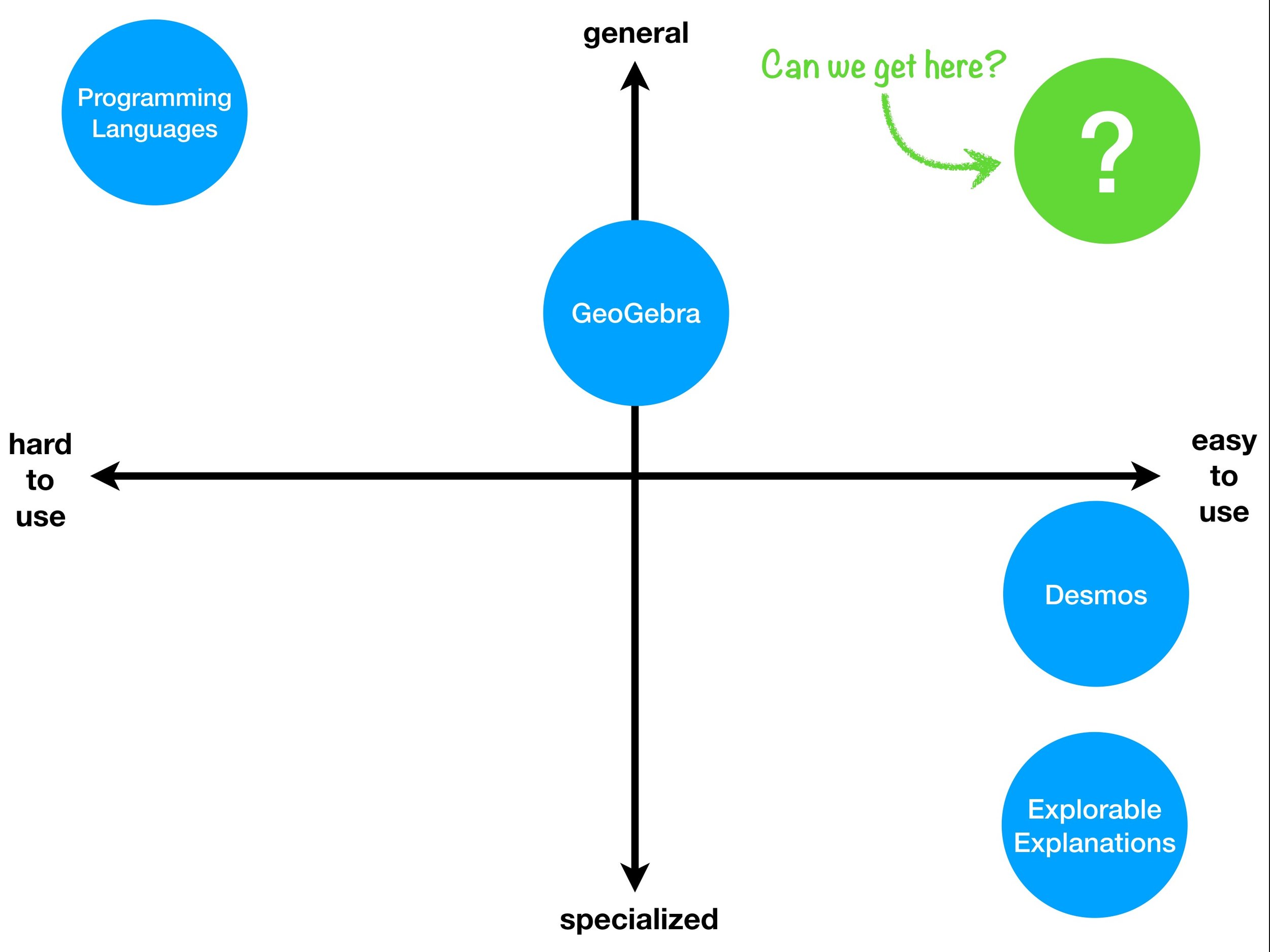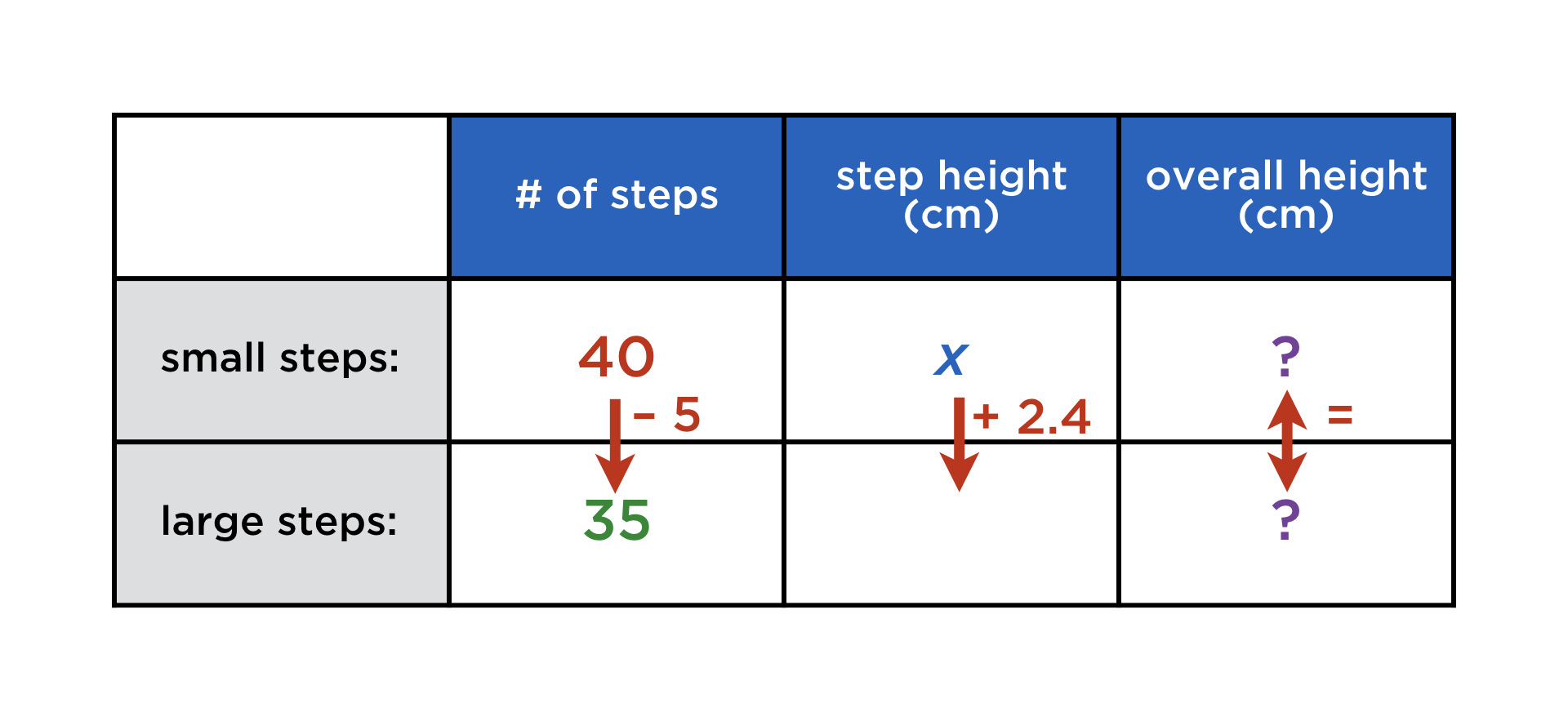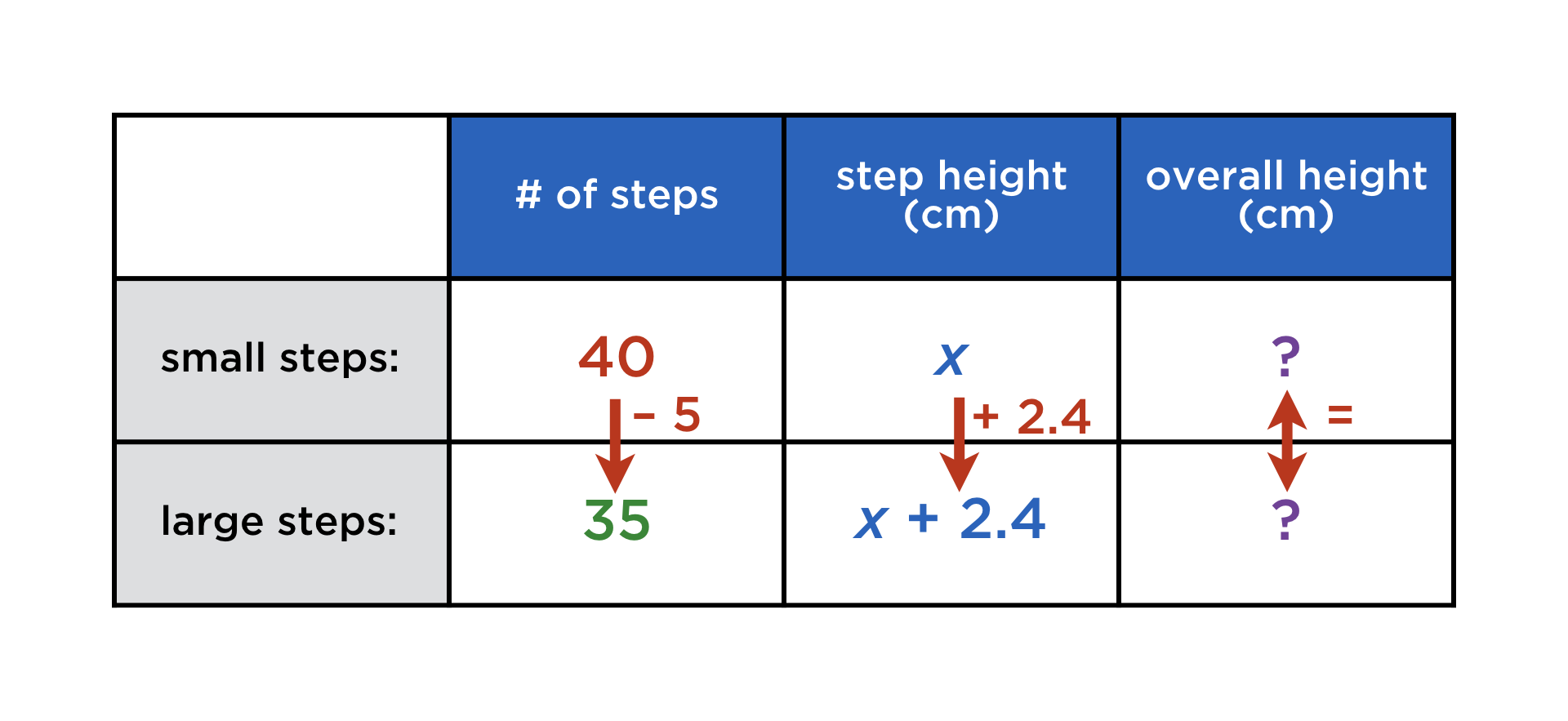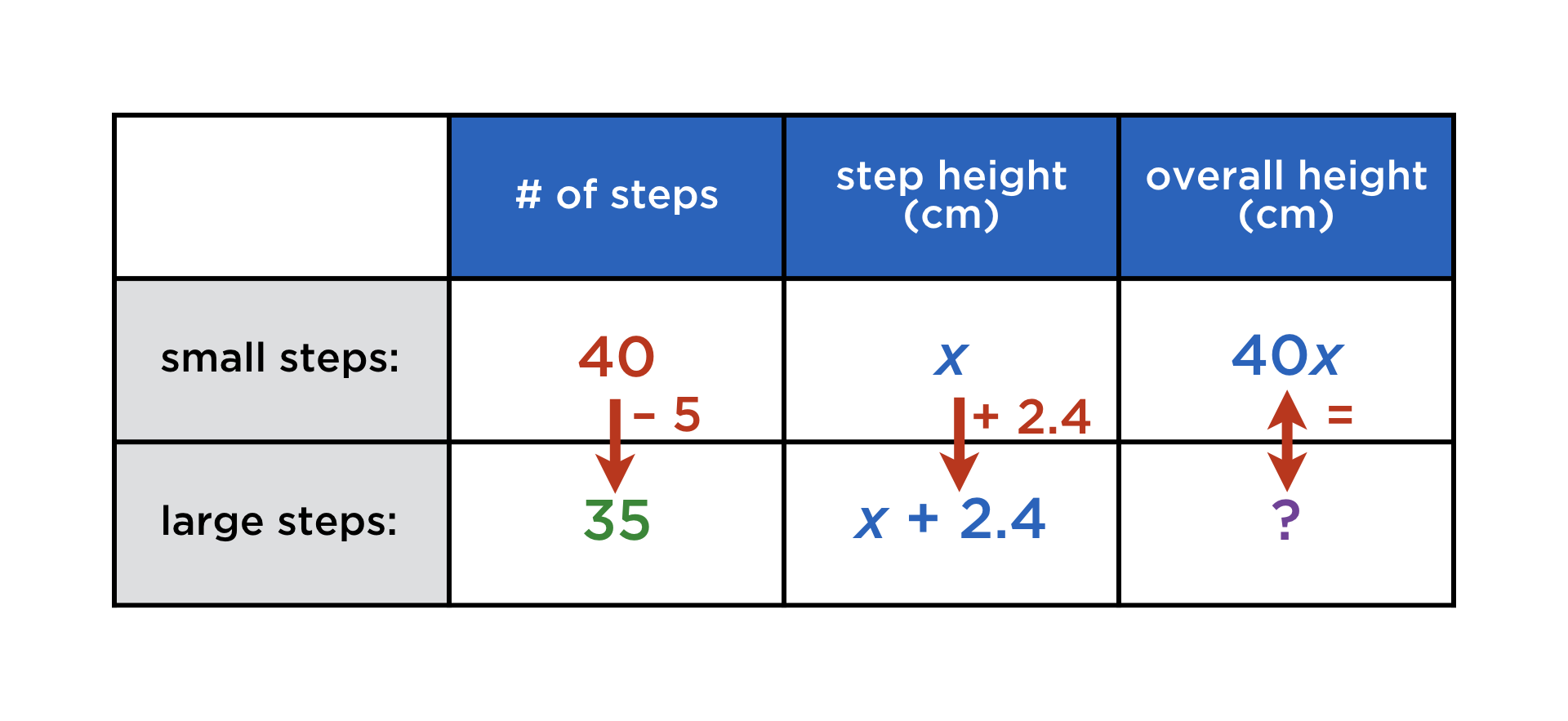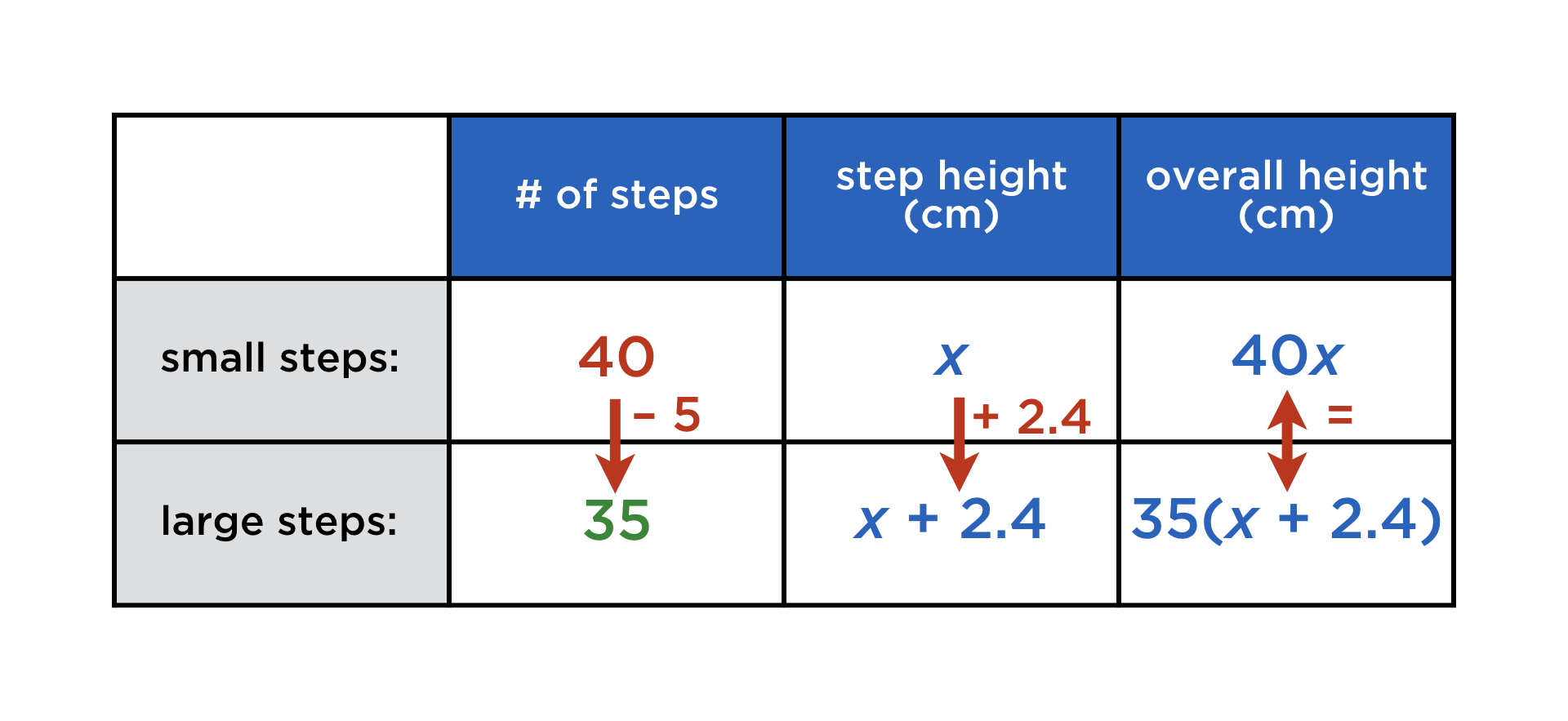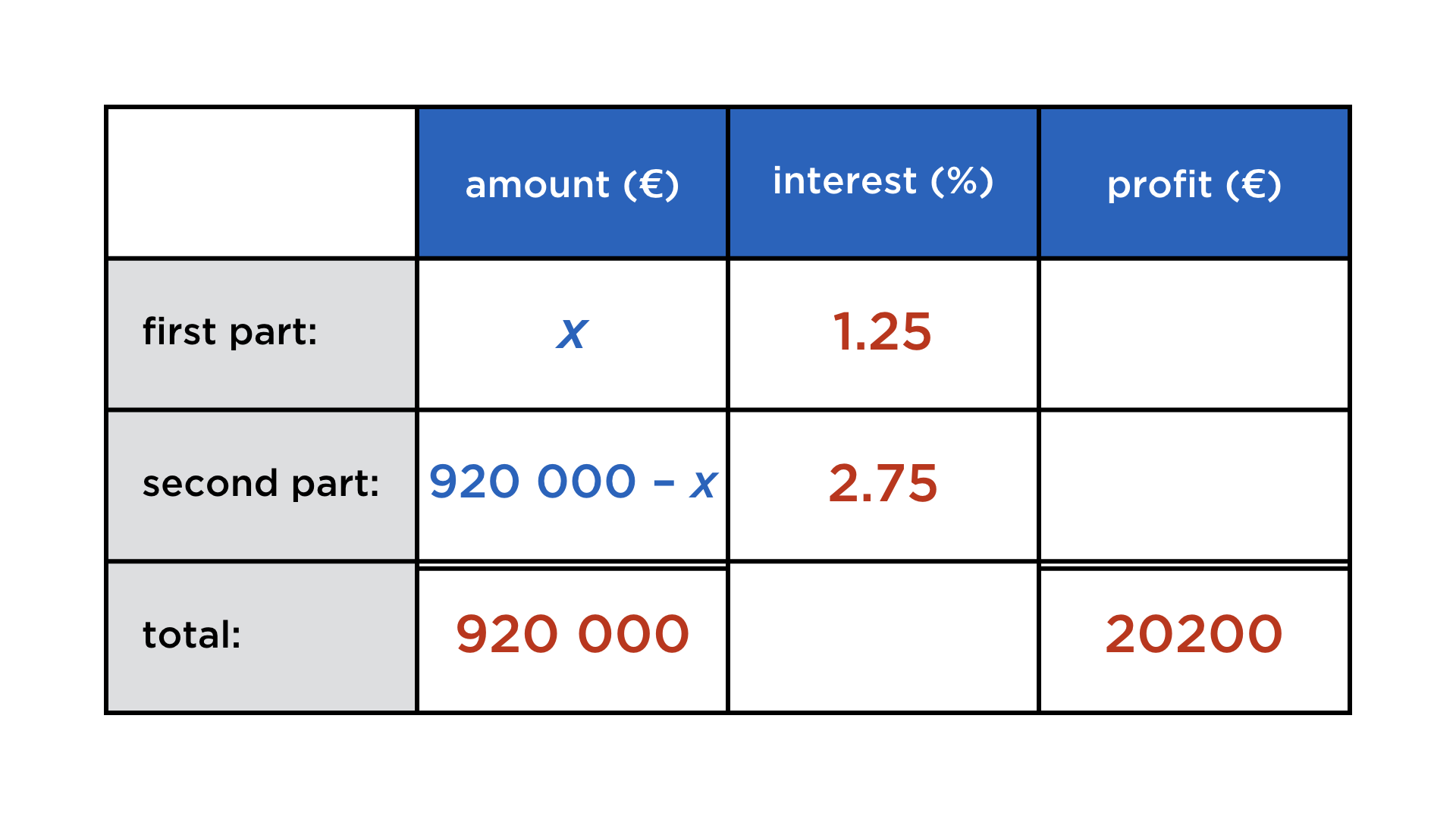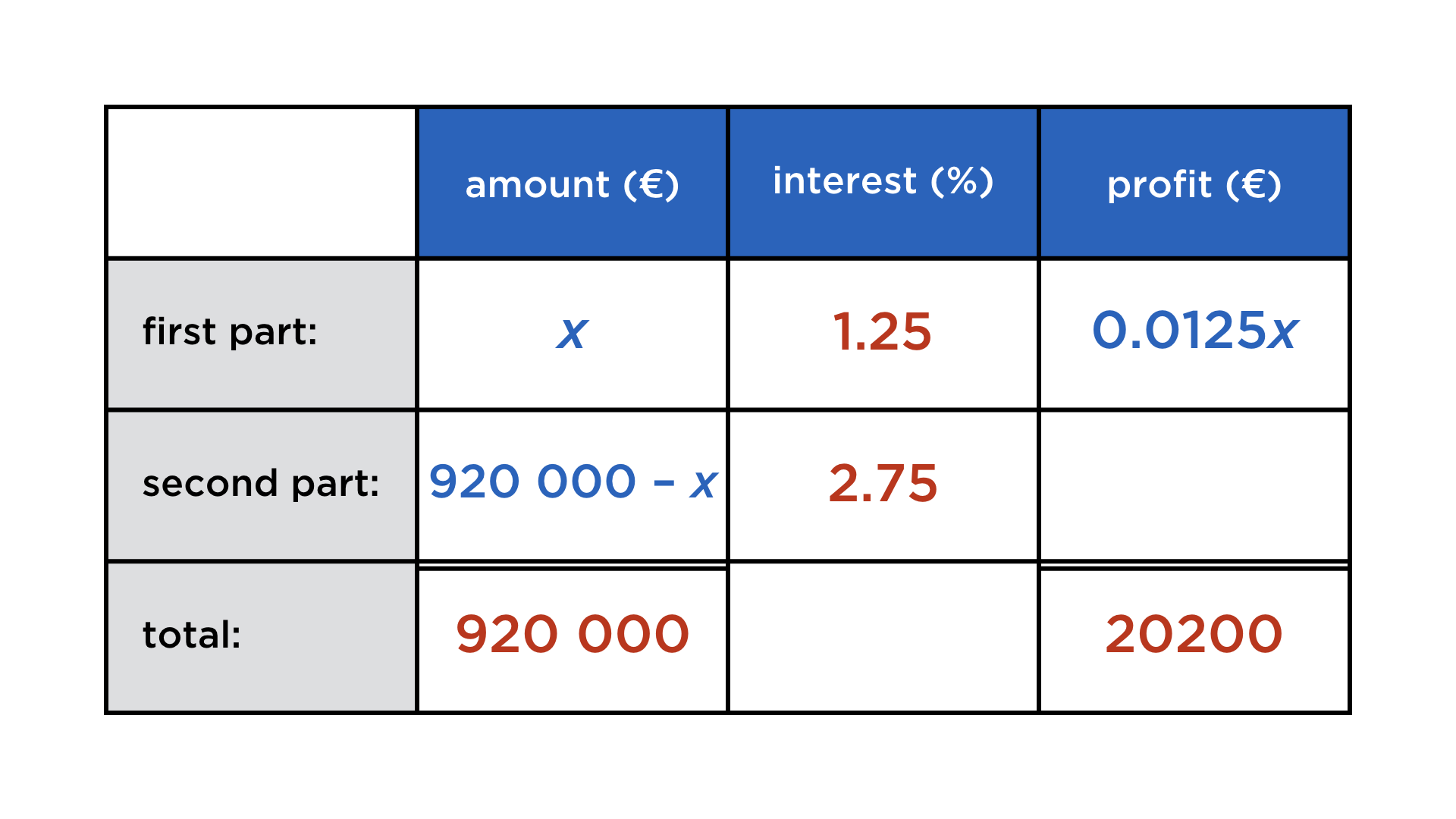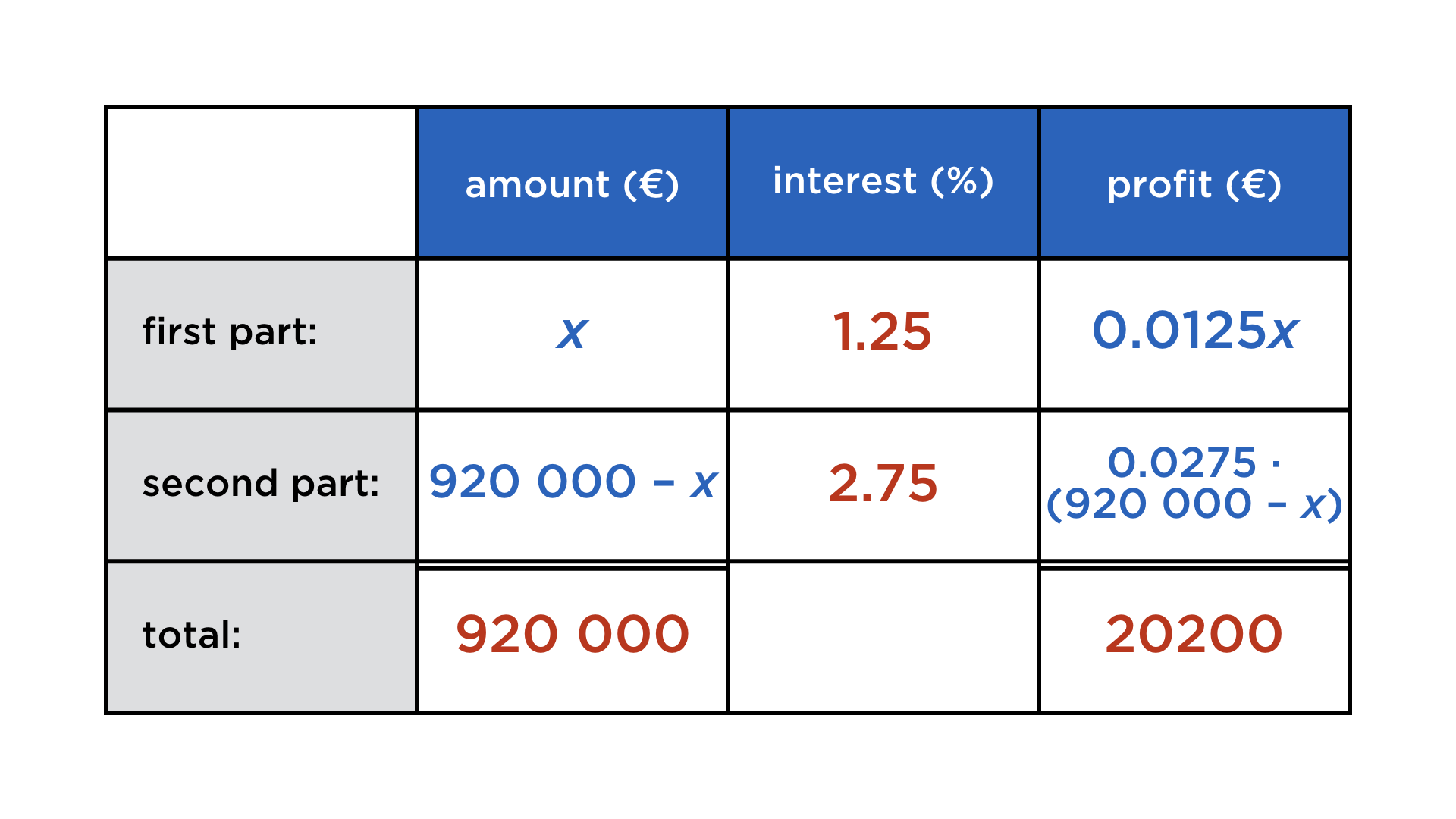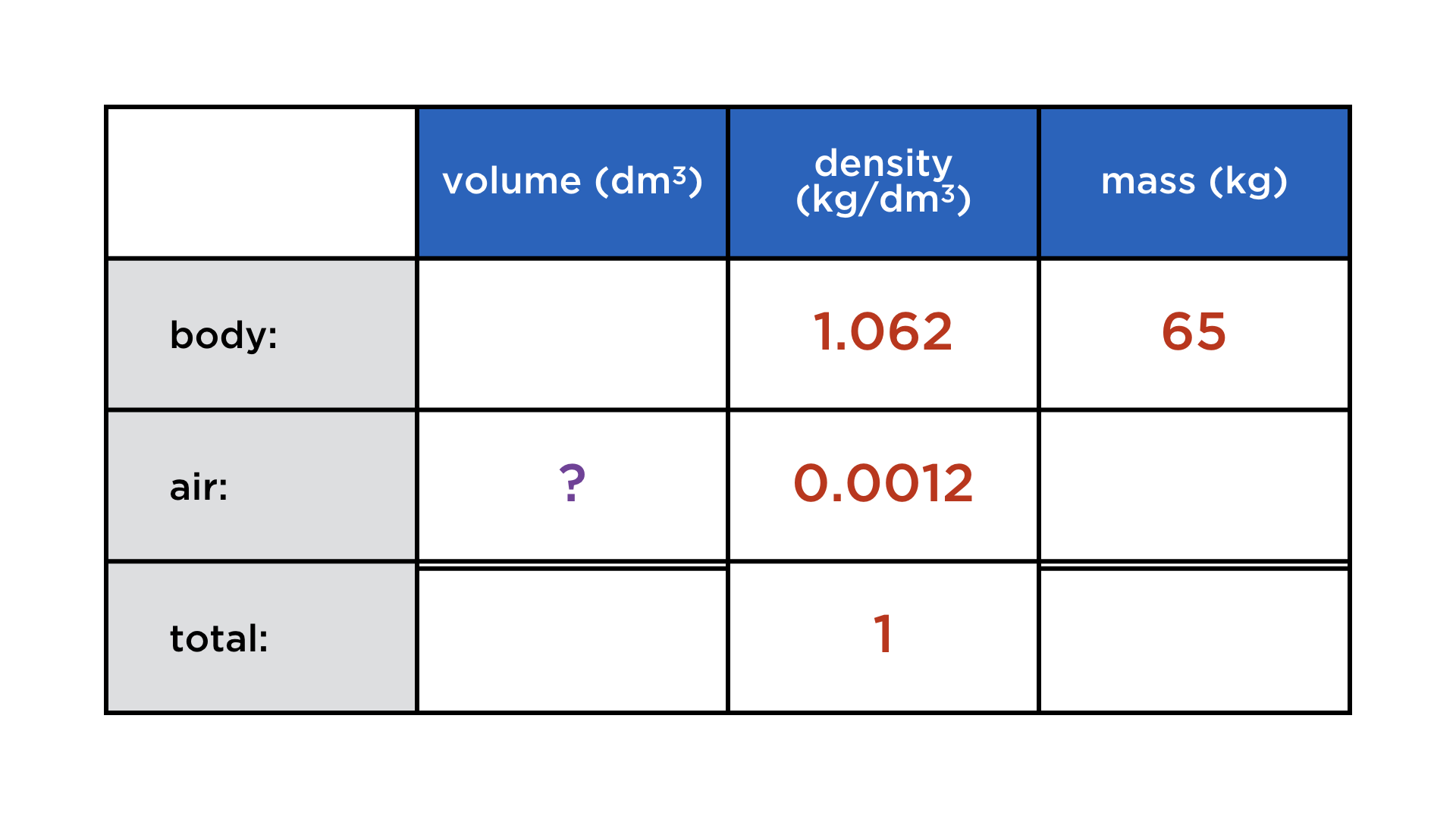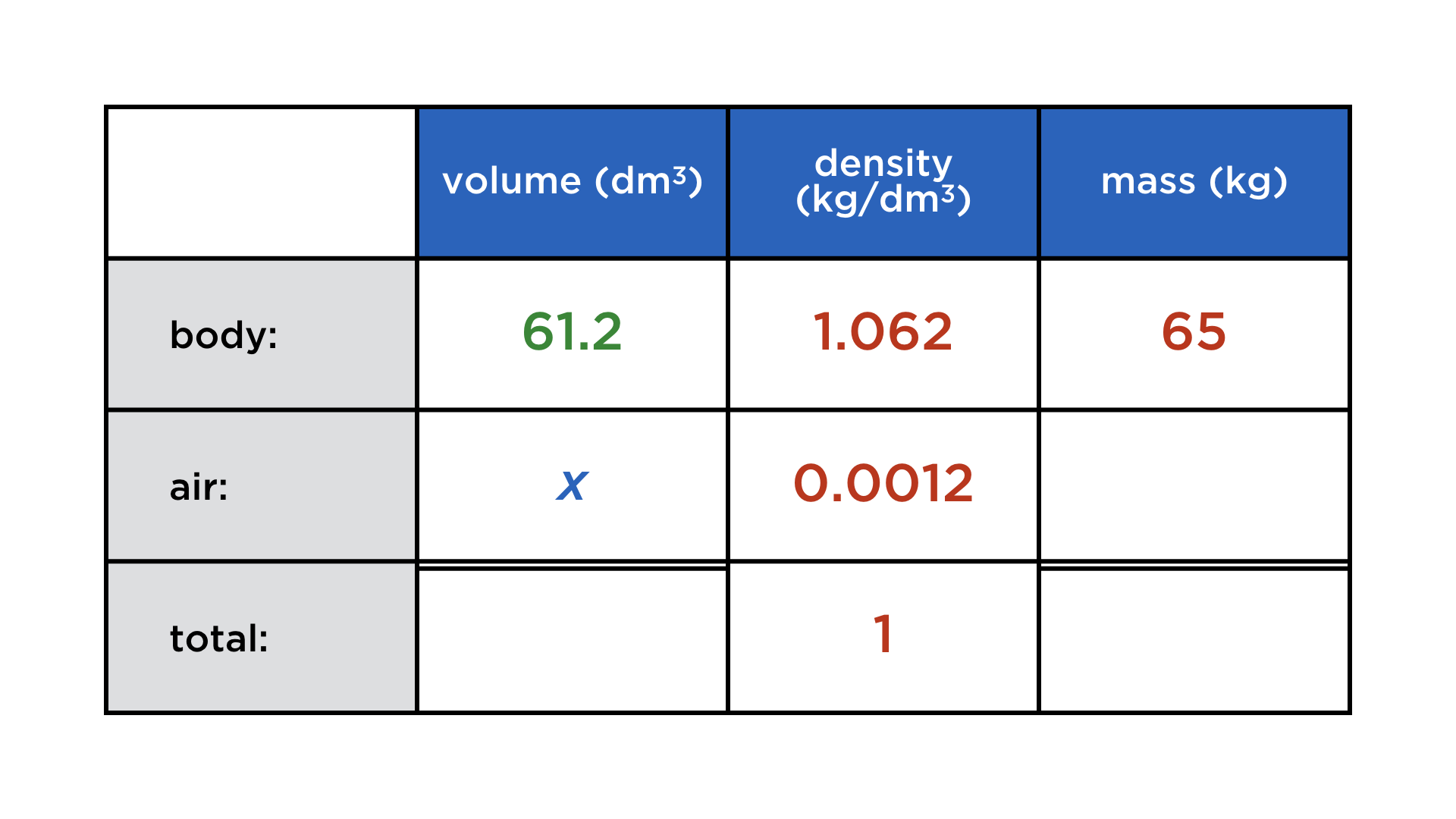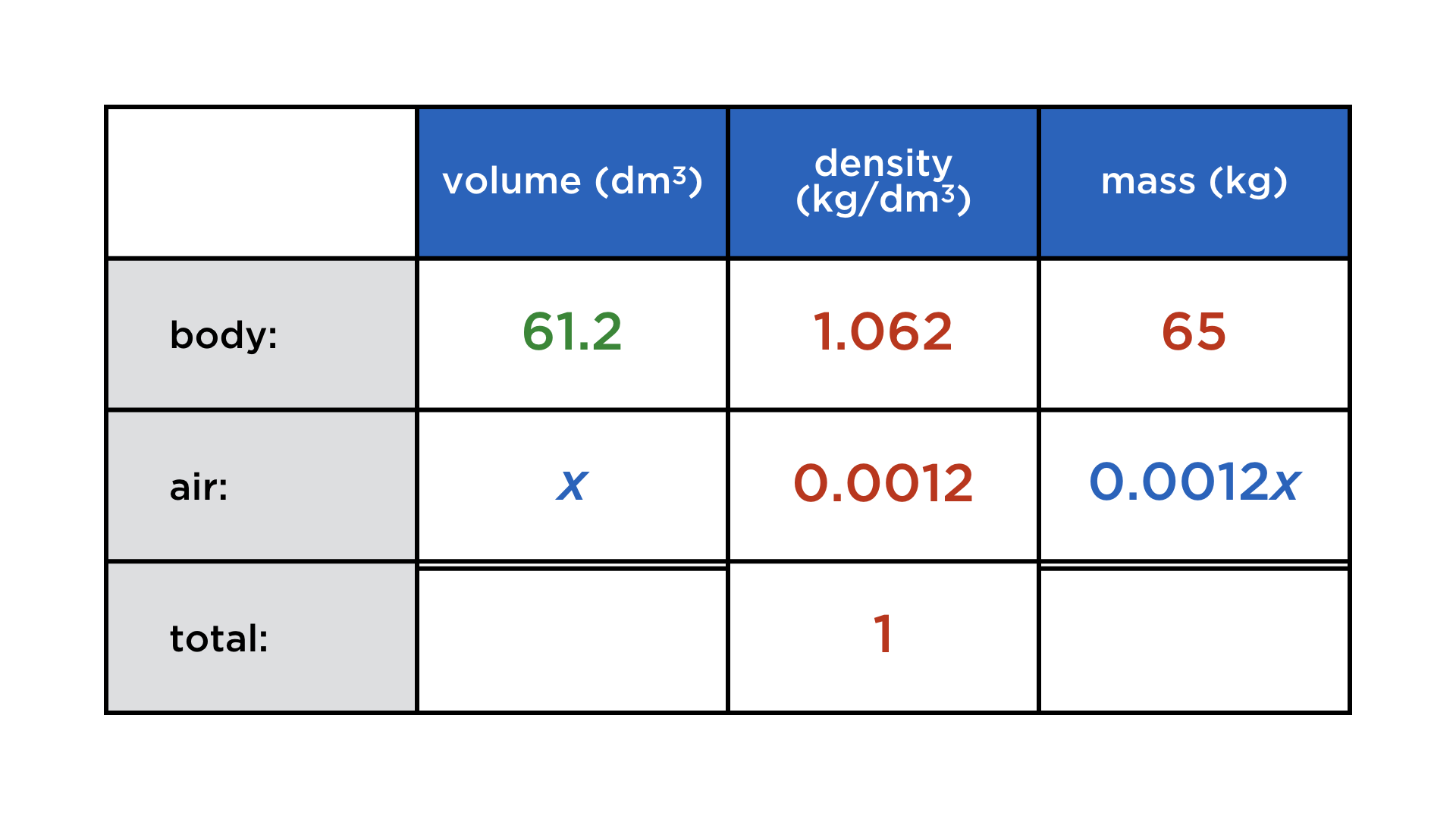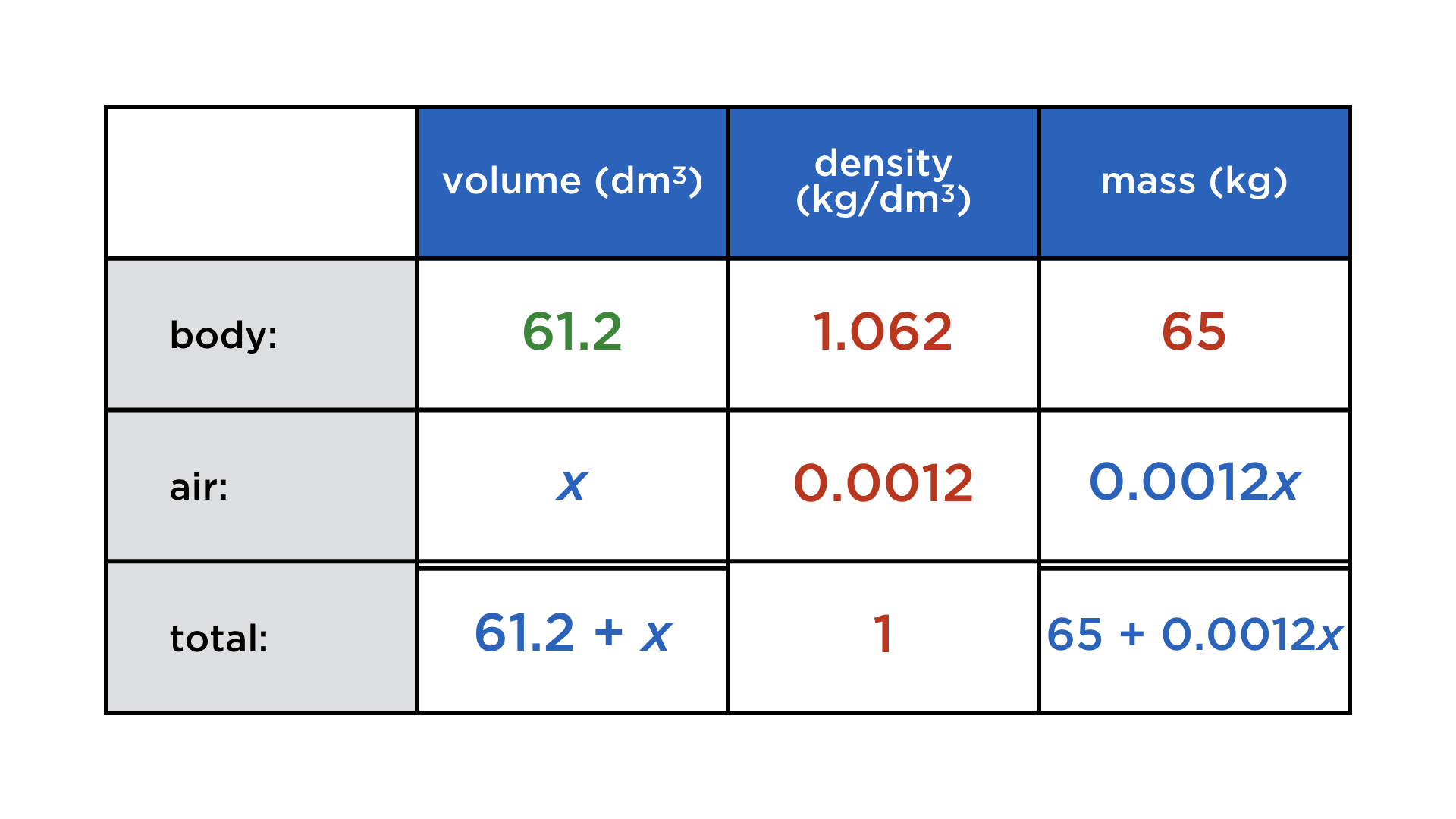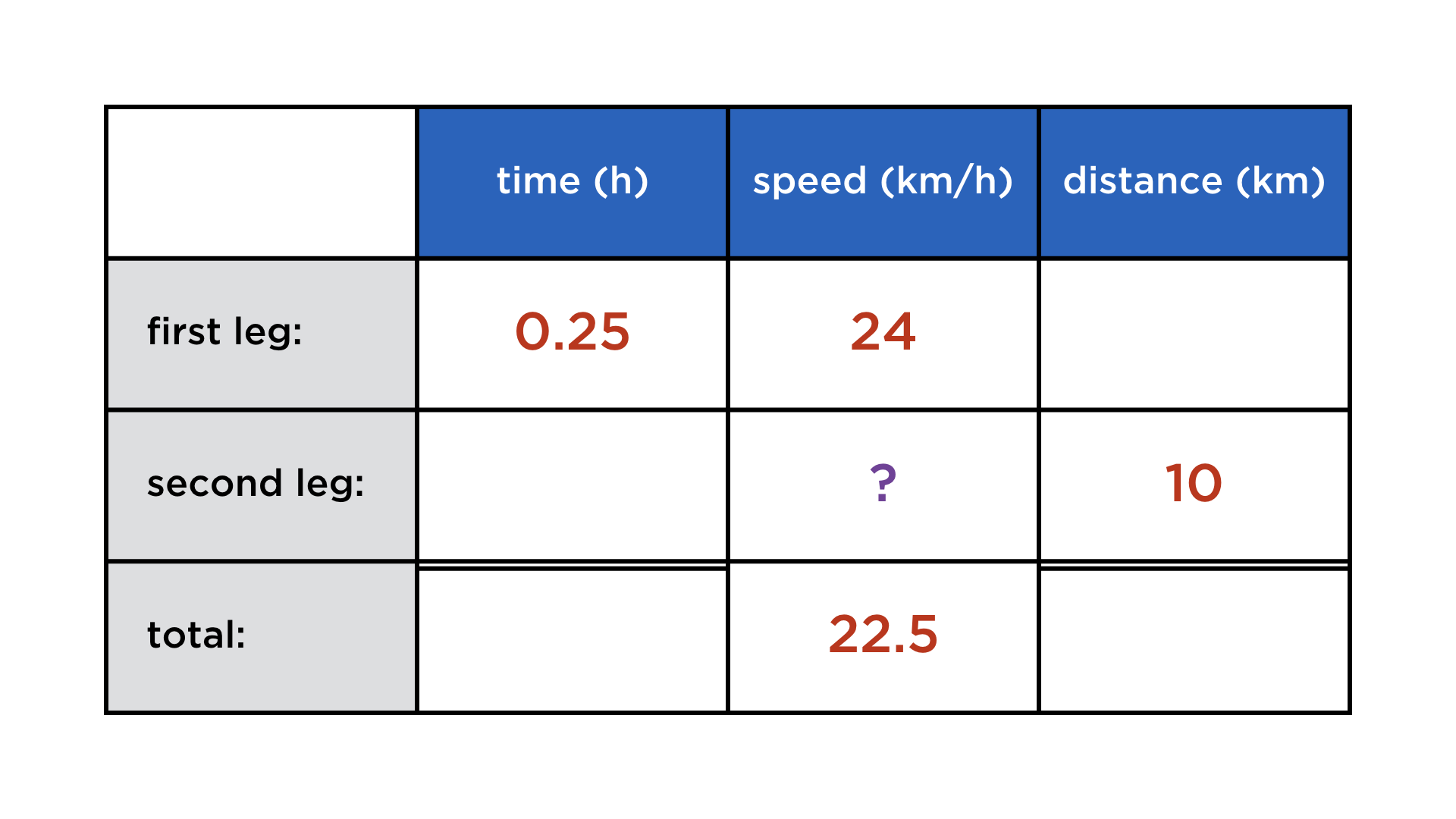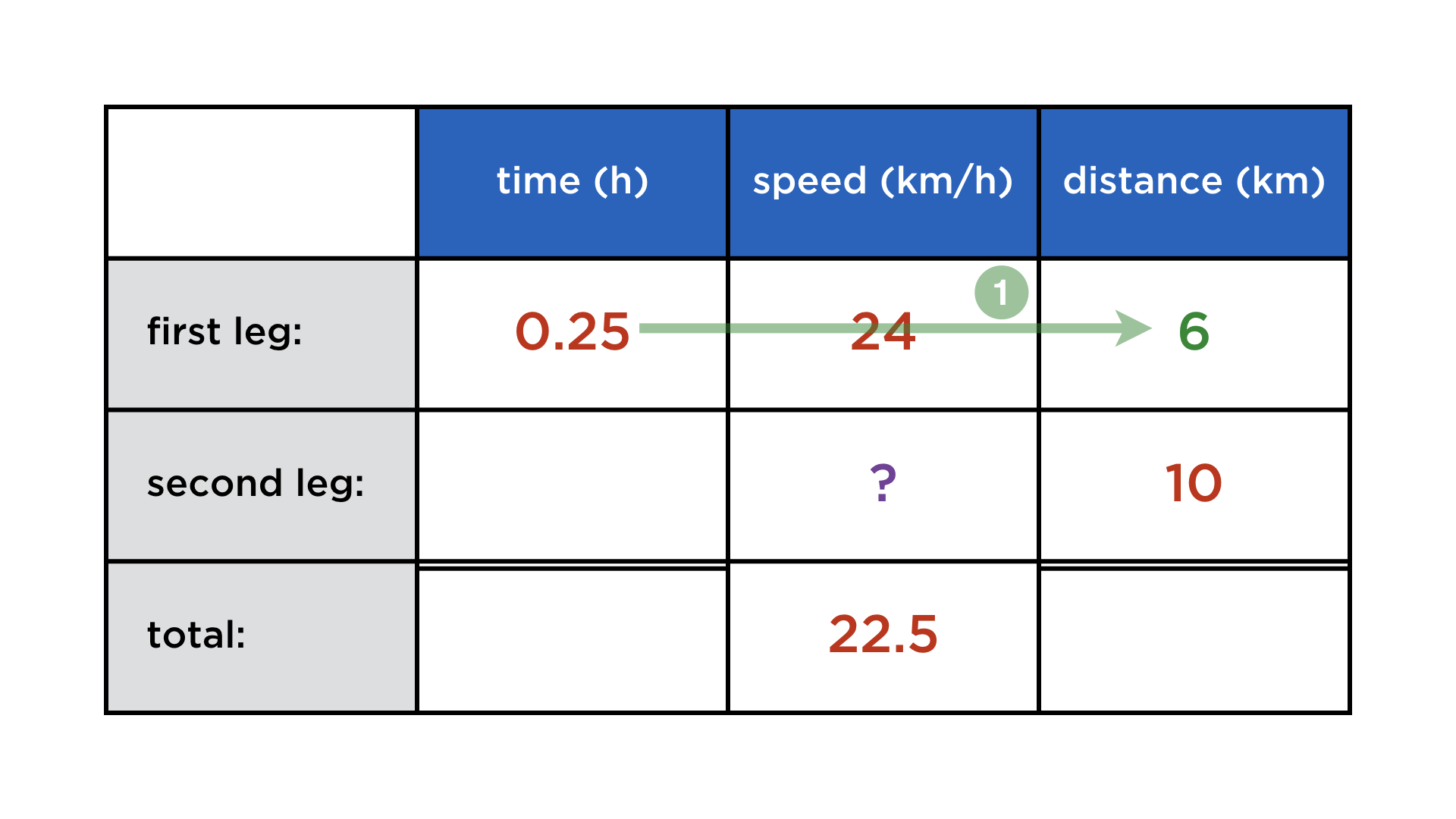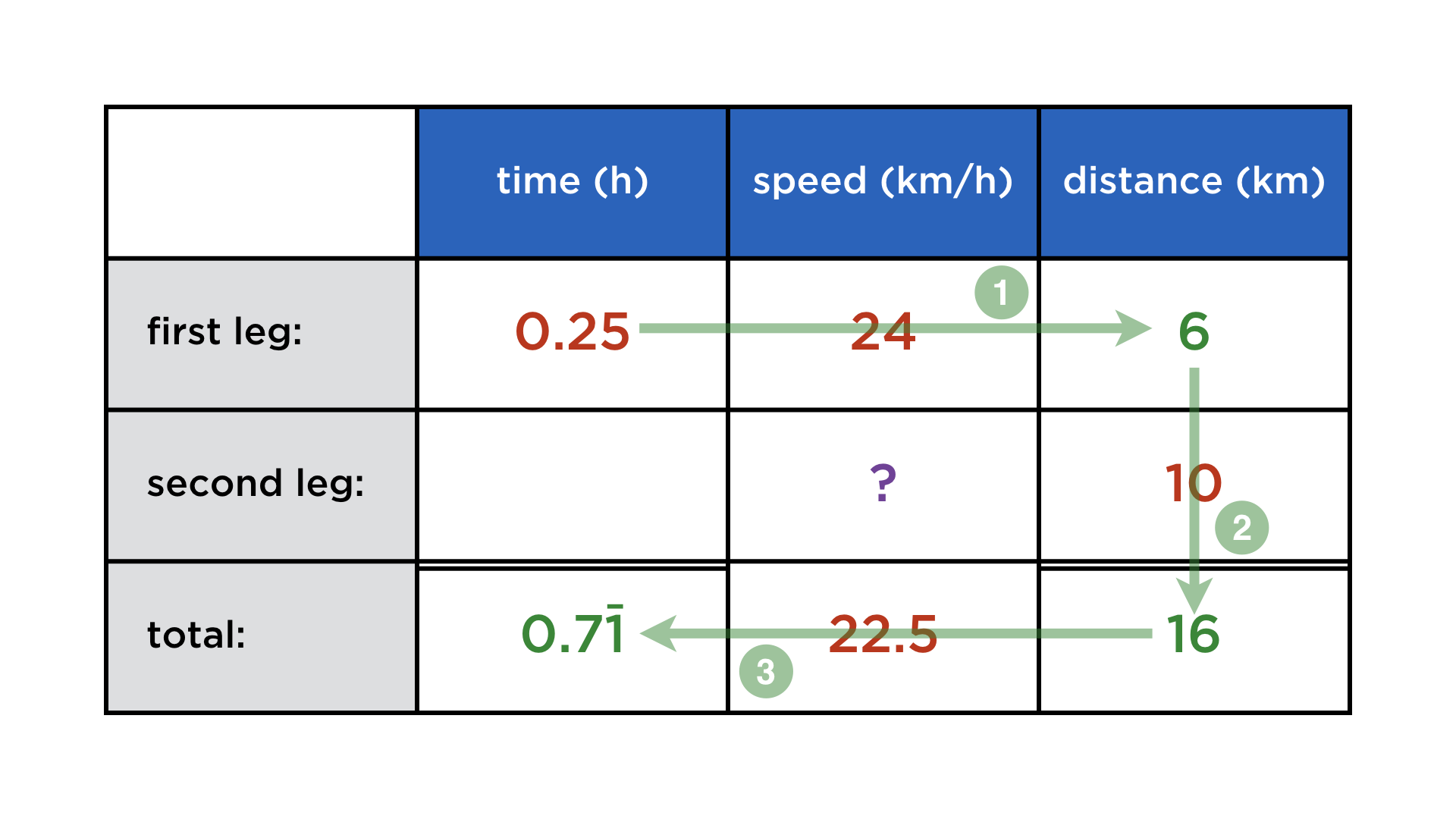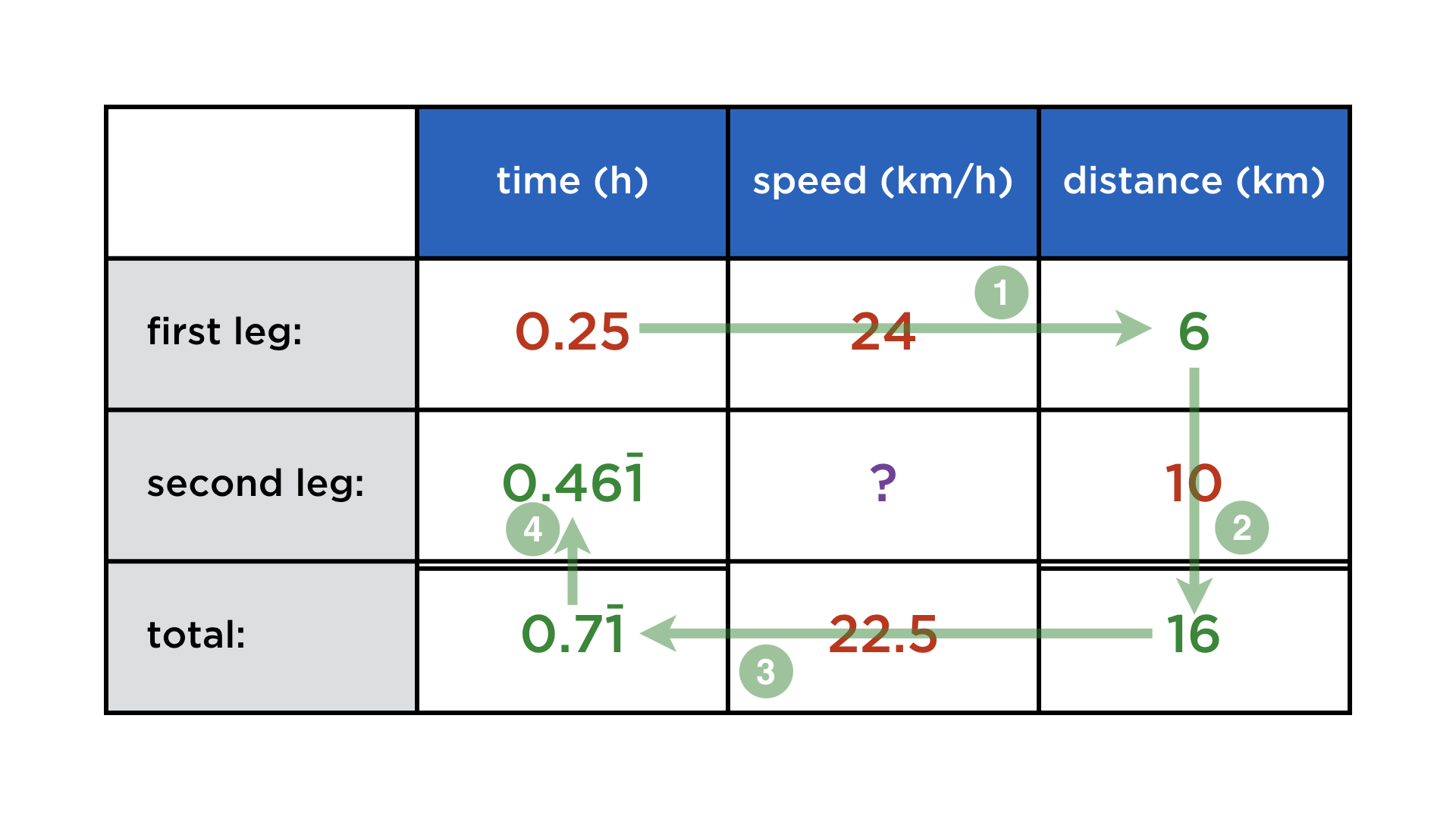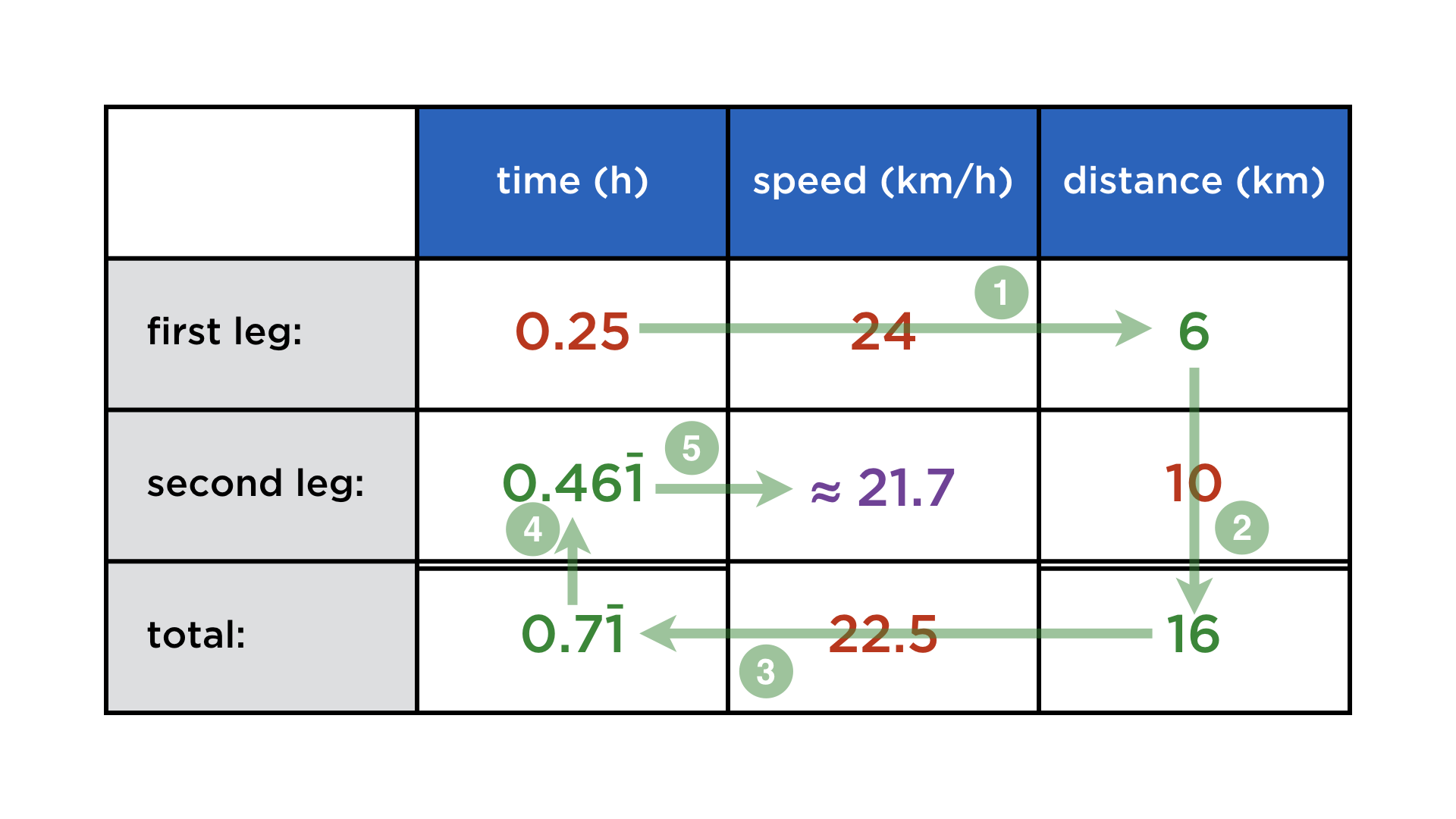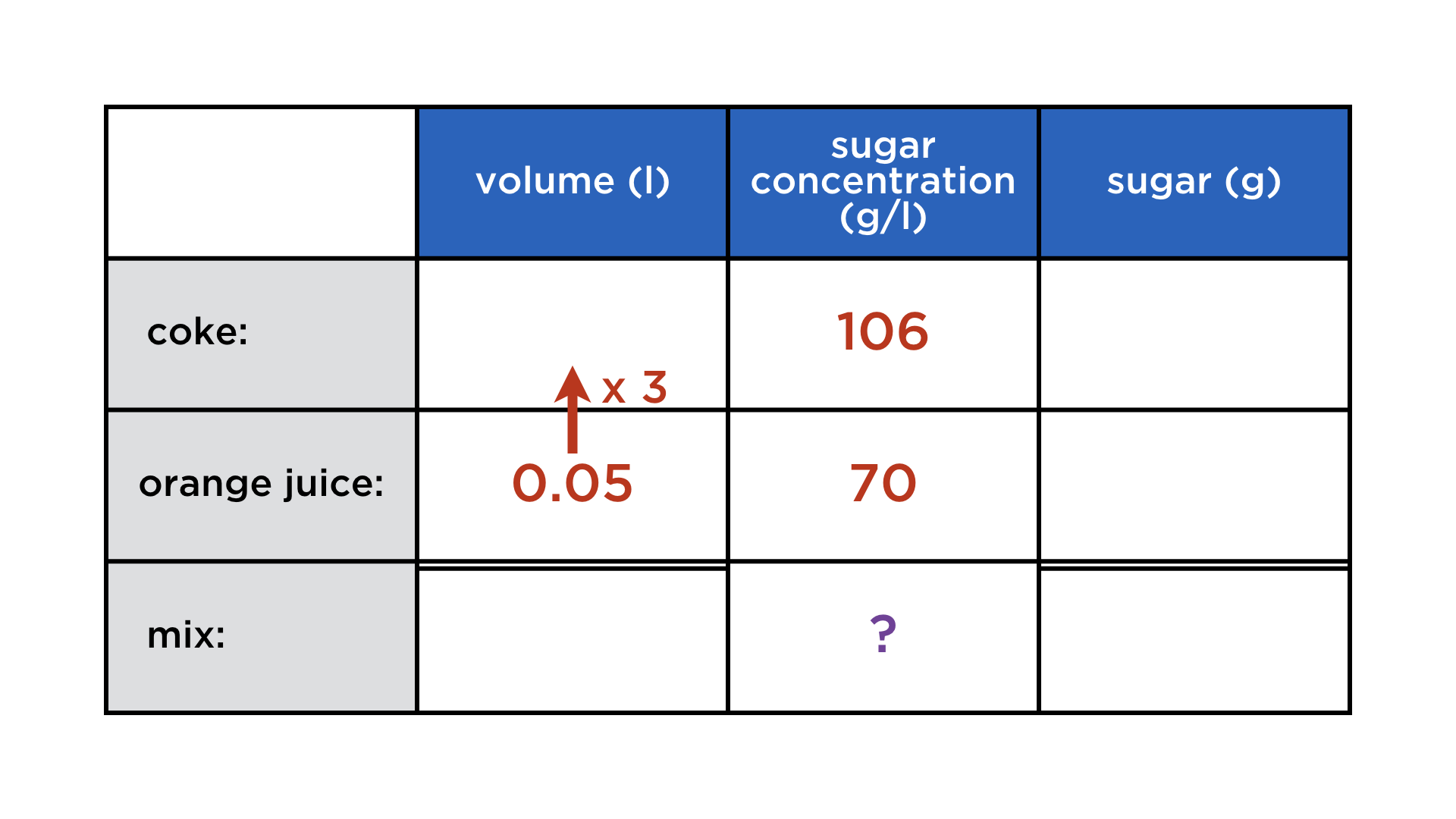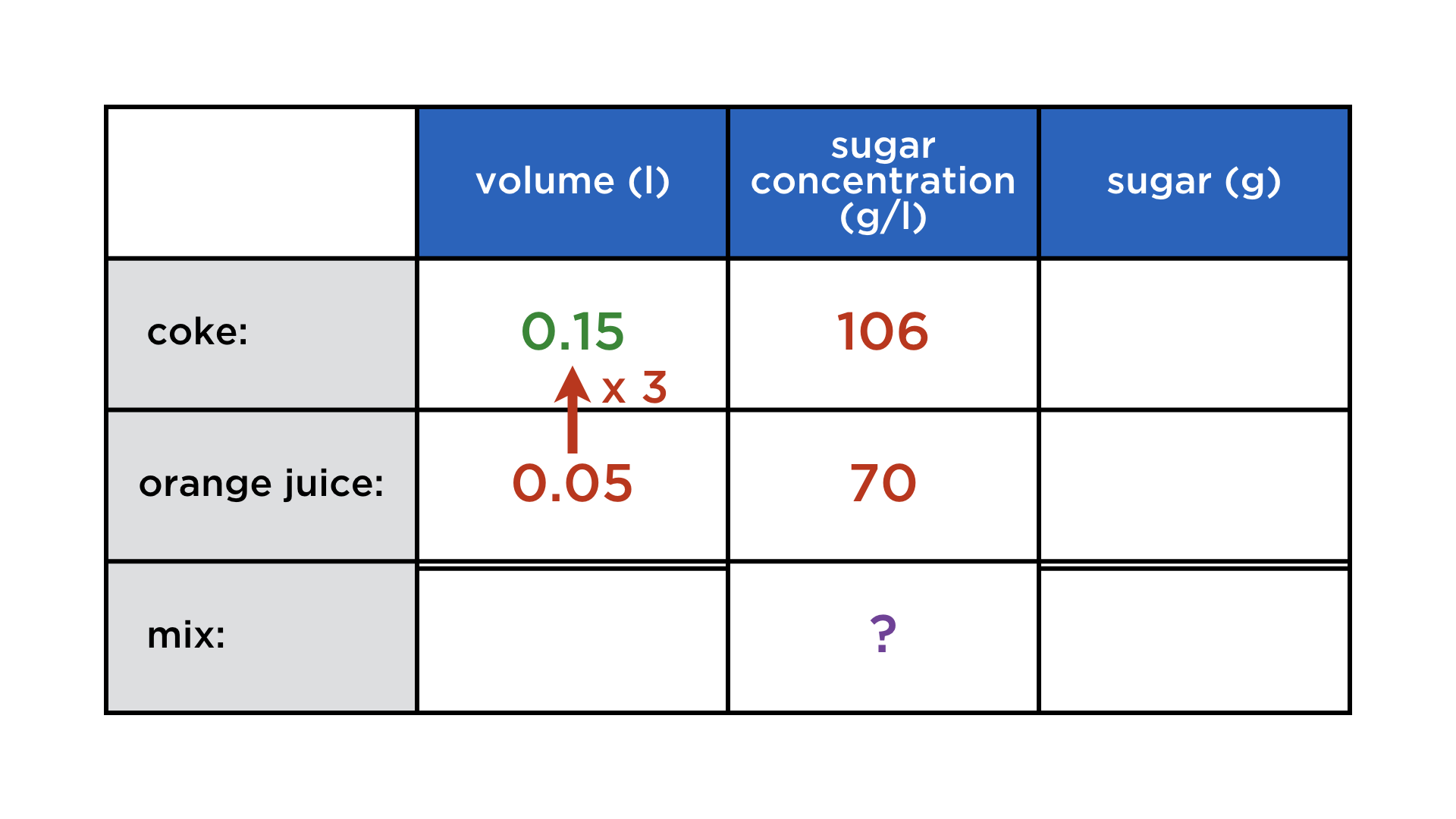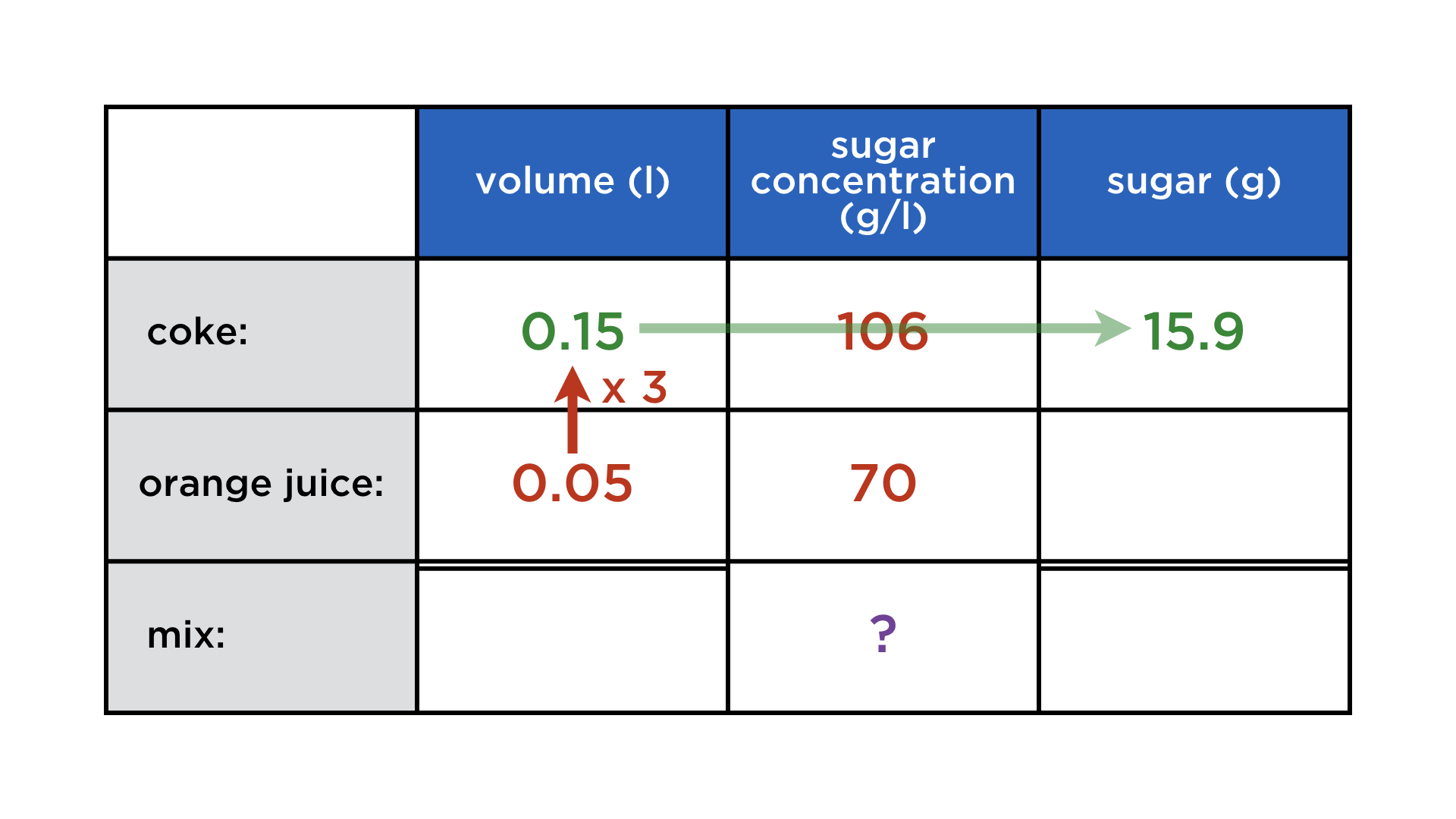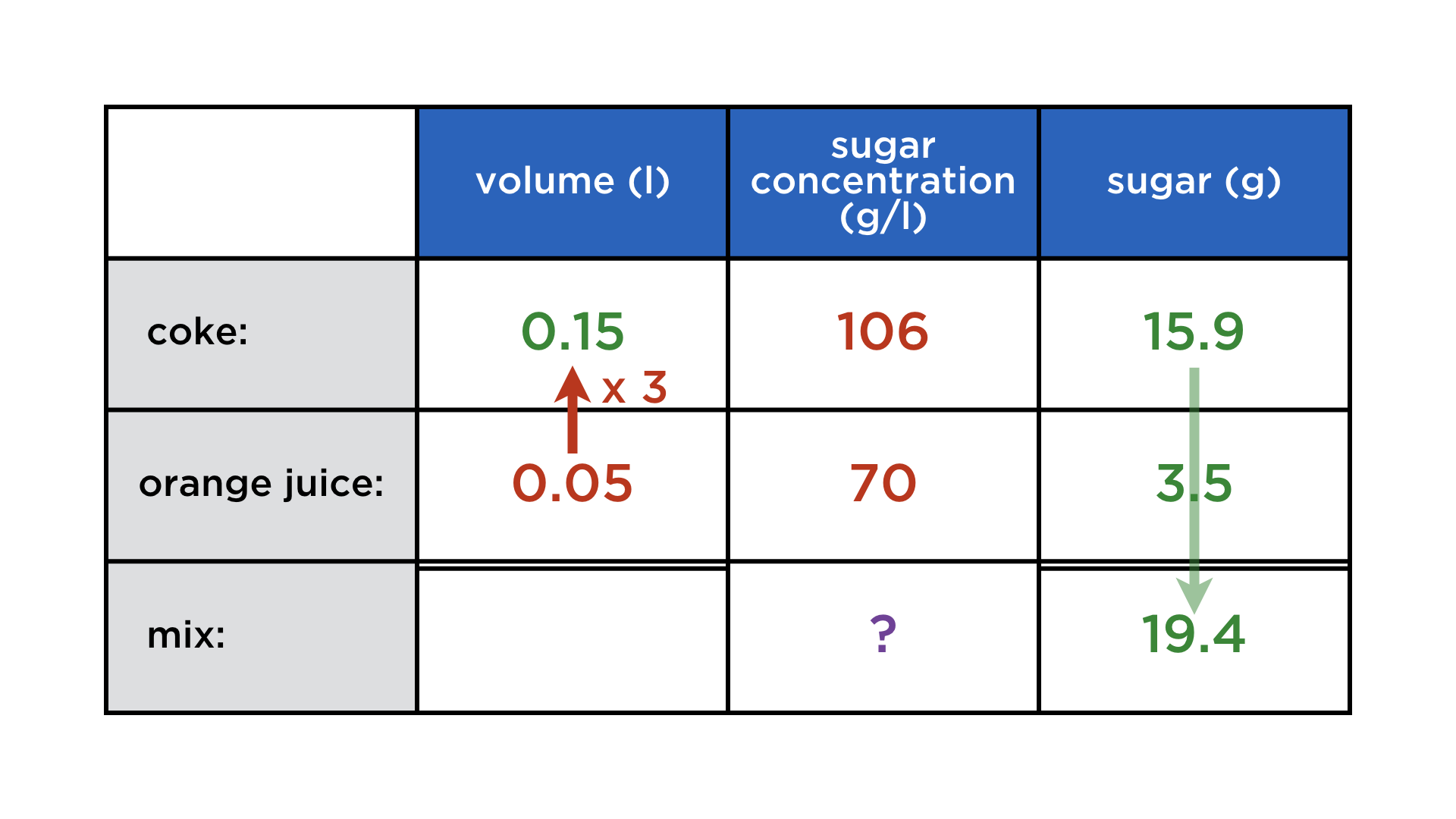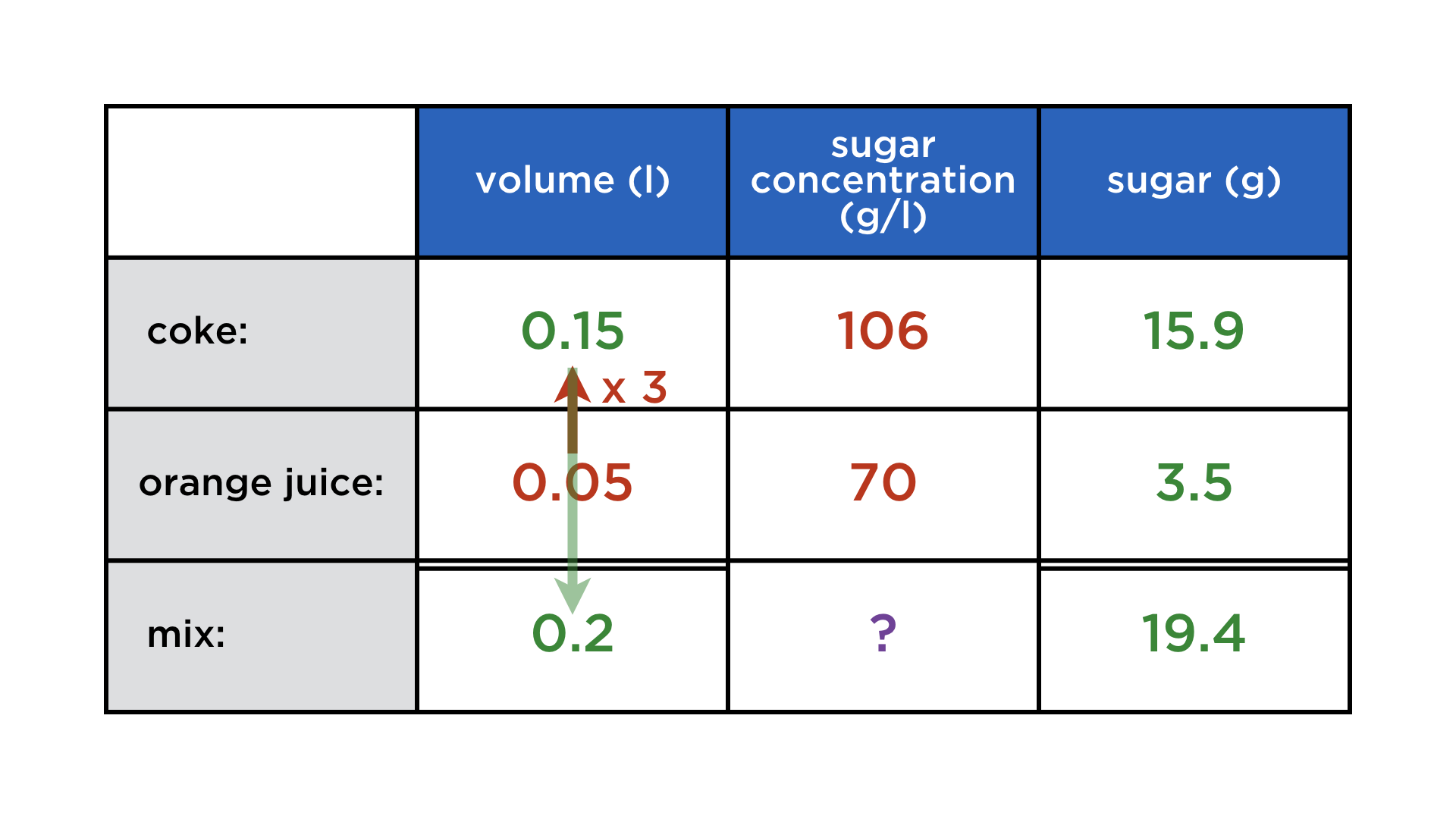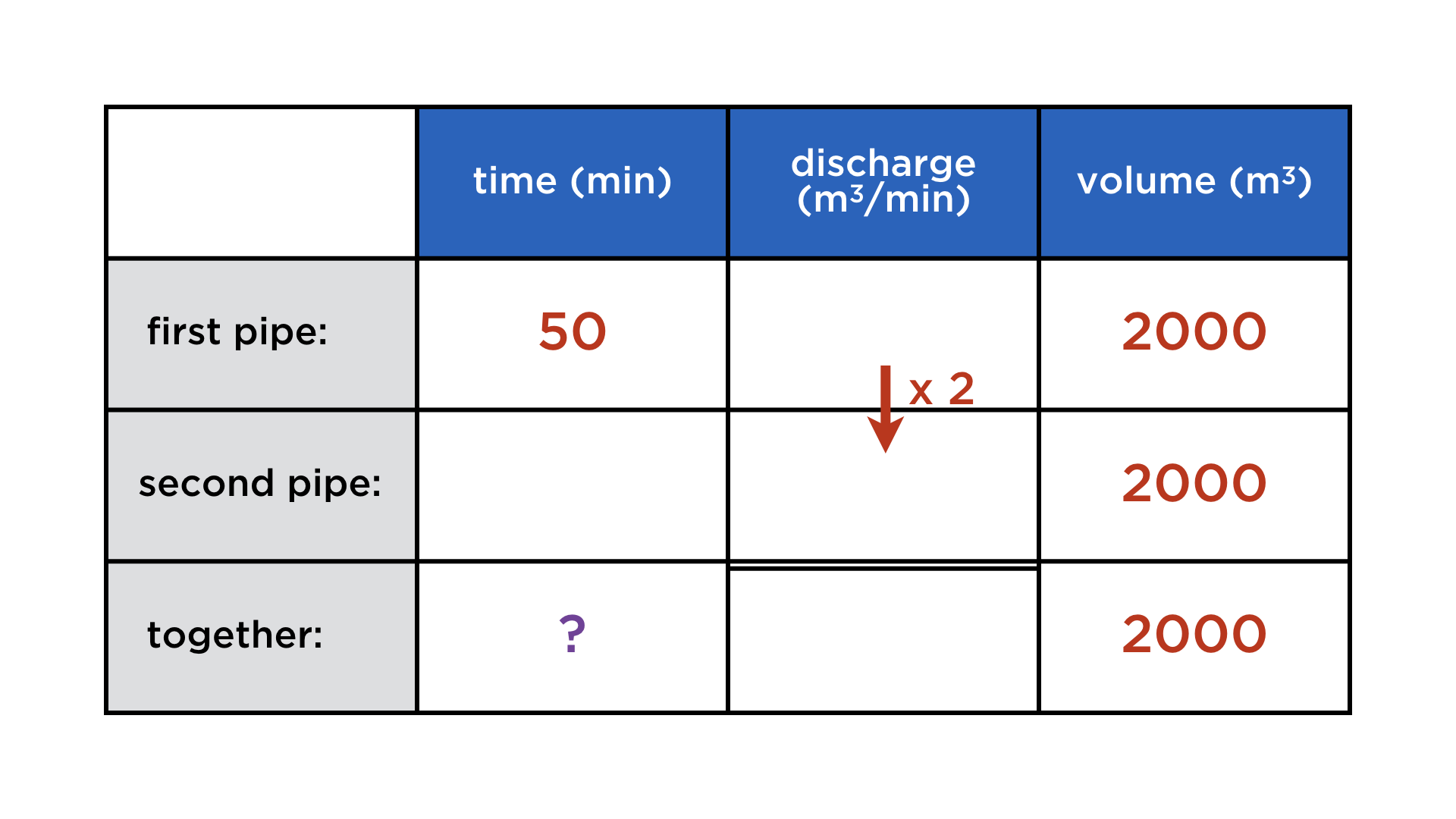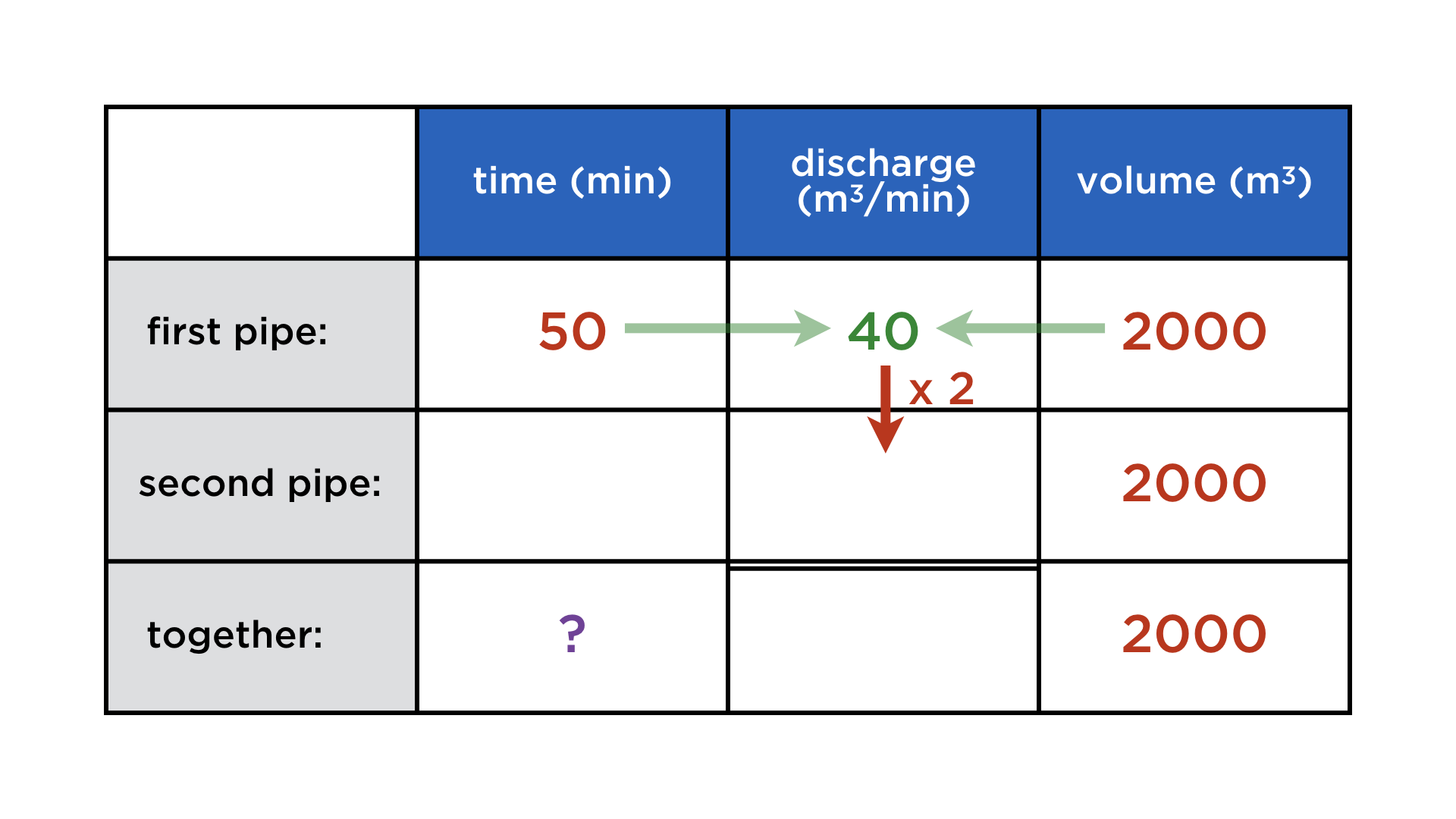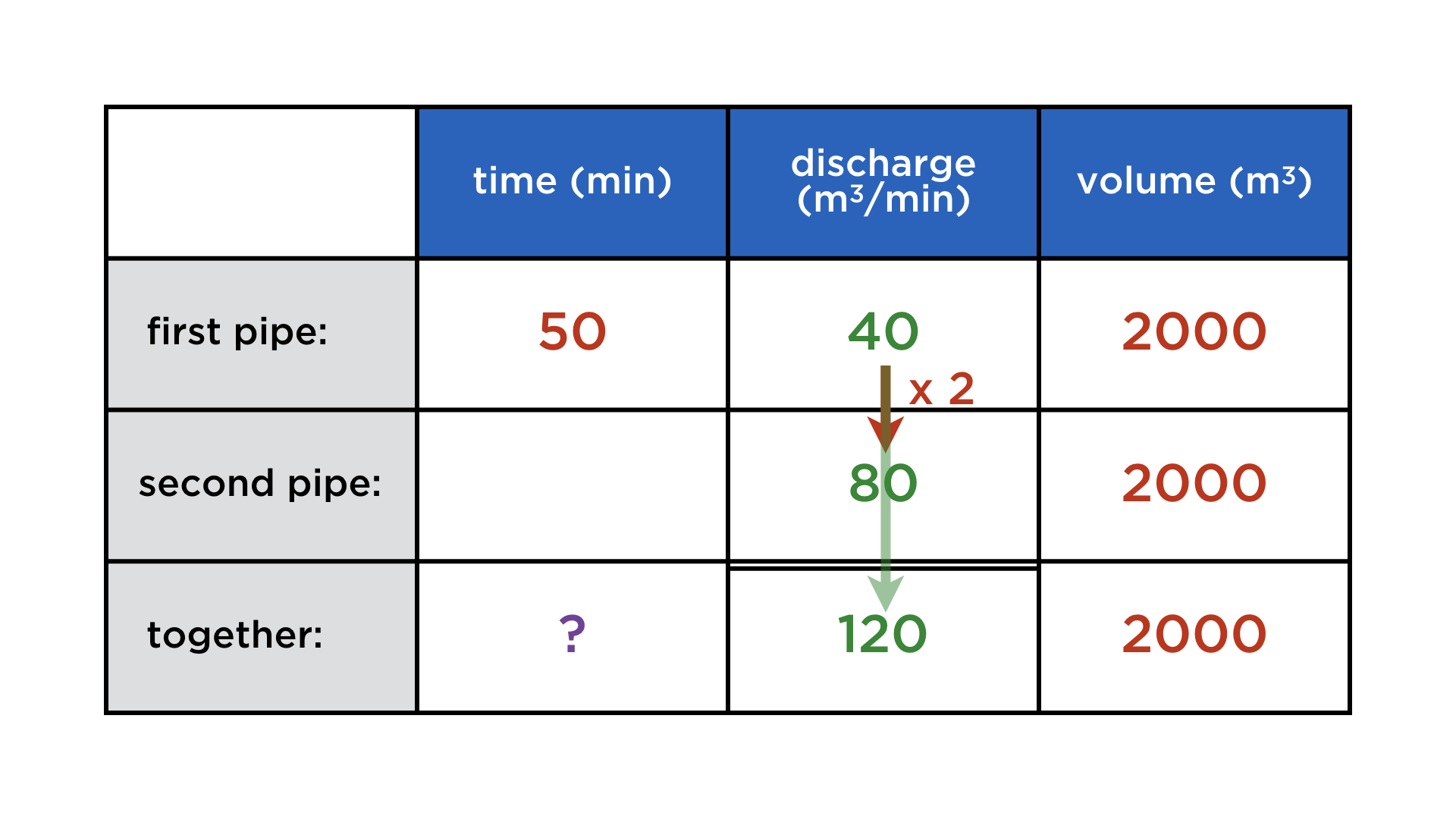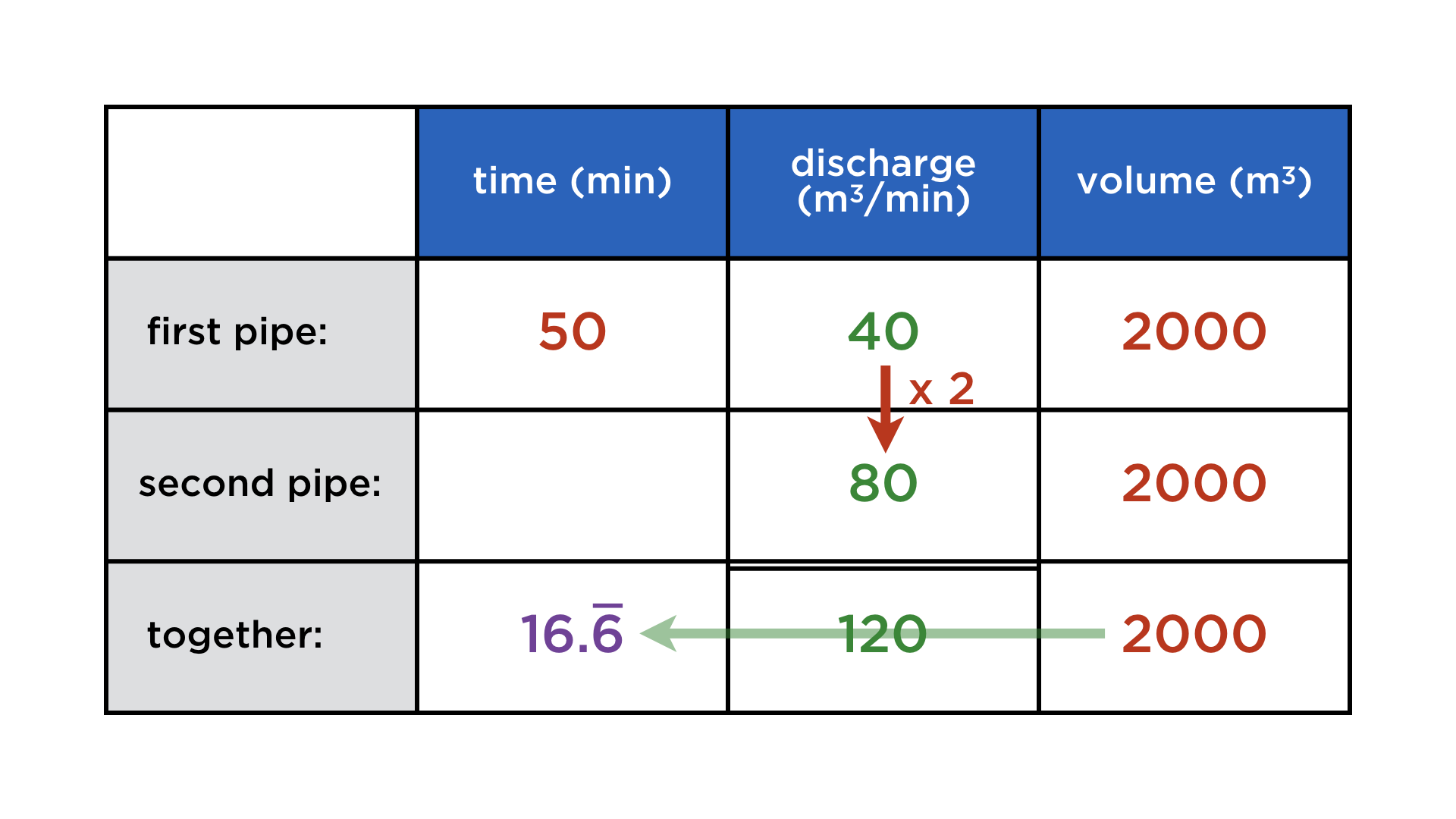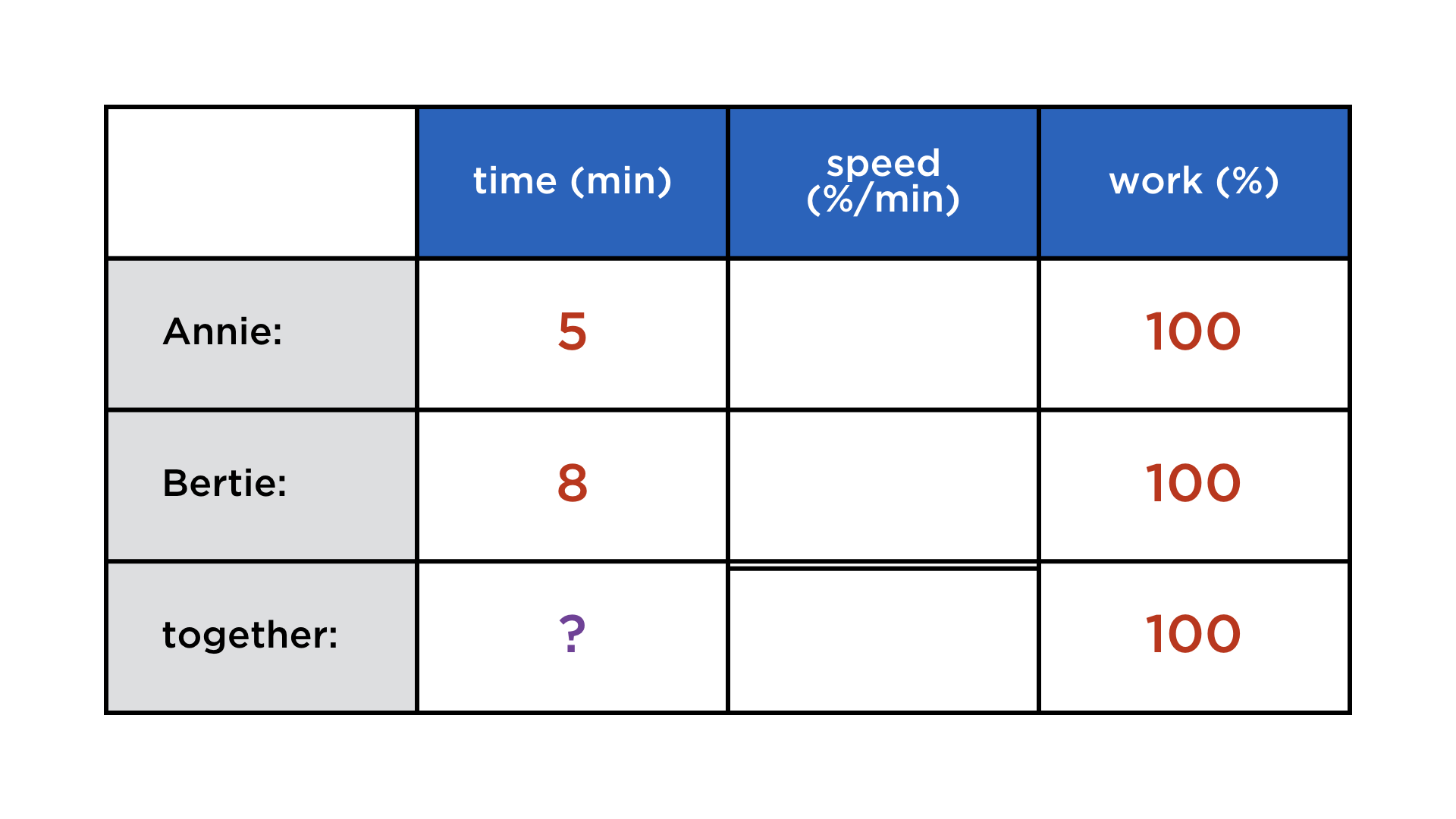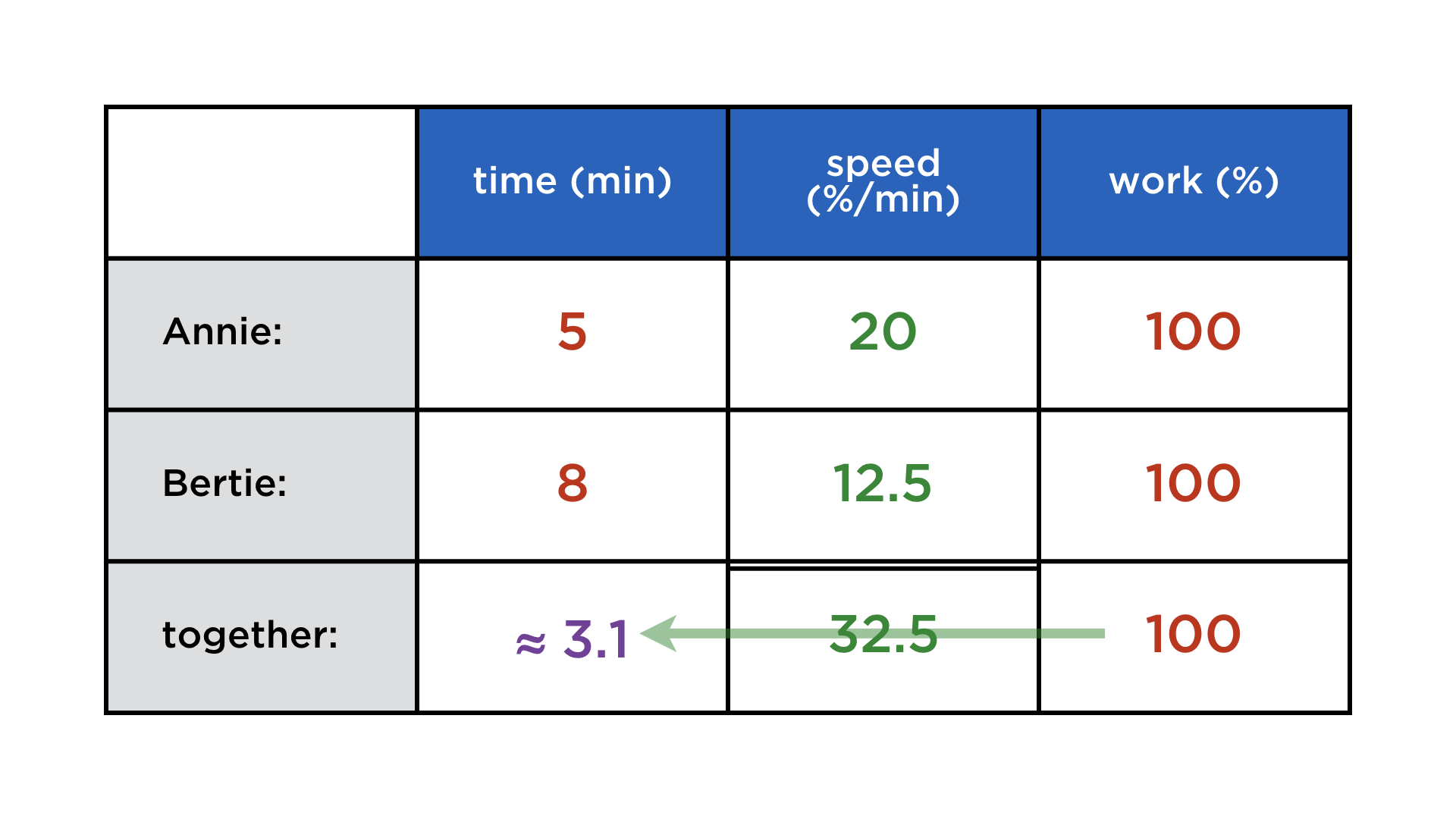Mathematics and computers have a very paradoxical relationship, best expressed by juxtaposing these two images:
One the one hand, mathematicians co-invented the computer, and powerful numerical algorithms churn in the background to deliver us stunning graphics and other wonders. On the other, current user interfaces do not lend themselves easily to mathematical thought. Not only professional mathematicians cherish paper and blackboard, but also math teachers and their students. There is something so immediate about drawing and writing with your hands that is a requisite for creatively exploring math, but at the same time very hard to achieve on a digital device.
Digital math content: a parade of uncreativeness
Whenever mathematical content is digital (and not abstracted away into compiled code), it takes various forms, none of which resemble its haptic incarnation:
Typeset expressions: They are created using either a markup language (LaTeX or MathML) or a „point-and-click“ formula editor. This is for publishing math, not exploratory calculations, because these interfaces add too much cognitive overhead.
Code: Programming can be a vital part of exploring a mathematical problem, but for most people that do maths (whether voluntary or not), it is not the first reflex, because it involves learning a whole second formalism on top of the „paper version“.
Prerendered content in quizzes, games etc.: This is what many have in mind when talking about „eduapps“, „e-learning“ etc. Fully committed to the answer-getting methodology of math education, it is as far from creative and exploring mathematical thought as you can get. Ironically, the users are not expected to work on the problems on the device itself, but whip out the still far superior pen and paper. Whatever added value the digital medium brings is restricted to the administrative layer.
Educational videos: Most of those are of the tried-and-tested form of statically filmed chalk-and-talk. Again, the digital form adds nothing to the mathematical content, as most presenters are comfortably accustomed to doing maths by hand (and rightfully so).
Let’s have a chat
Yet with many students, I have seen the desire for creative mathematical expression using their most personal of tools. The tool they use to talk with their peers, to organize, collaborate, create, document, and share. Group chats across the world are buzzing with mutual homework help. And It works well for most subjects: the language-centered ones such as literature, history, civics; but also the artistic subjects, since images, audio and video can now as easily be created and shared as text.
But there is one subject sticking out like a sore thumb: maths. Its content does not fit into linear text, however many new emoji get introduced. To this day, learners of maths have to awkwardly type their expressions in some sort of pseudocode (see picture above), or dig out pen and paper, then take a photo. You may think of this as a minor nuisance, especially if your own school days are long gone. But in any case it is a telling symptom of the second-class status that maths still has in the digital realm.
Plug time!
This is why I have created Formalize, a keyboard extension for iOS that lets you type math anywhere, in any app. Unlike most other purported „math keyboards“, Formalize is not just a palette of a handful of badly rendered Unicode symbols. It uses professional typesetting and outputs high-resolution images that you can share with anyone, so you can convey exactly what you mean in the form it deserves.





